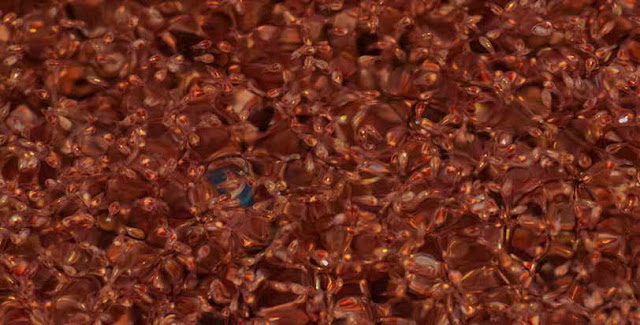First published in International Aquafeed, March-April 2016
The nutritional quality of larvae diets affects fishes’ fillet quality and quantity. Studies show that phospholipids increase fish larvae growth and development; so phospholipids are an essential component of the early weaning diet.
During embryo and larval development, yolk sac lipids or wild prey provide young fish with ample amount of phospholipids. In fish larvae diets, the aim is to provide larvae nutrition and an effective diet that substitutes live prey as early as possible during the larval development.
Scientists have studied the effectiveness of phospholipids including those derived from soybean lecithin and dietary marine phospholipids from krill. Krill phospholipids, rich on docosahexaenoic acid (DHA), eicosapentaenoic acid (EPA), have a positive effect on larvae performance and development, which makes a difference later to filet quality and quantity.
Phospholipids: a core component to larvae development
Studies have shown that dietary phospholipids improve culture performance, enhance growth and increase the survival of various freshwater and marine species including ayu (Plecoglossus altivelis), carp (Cyprinus carpio), Japanese flounder (Paralichthys olivaceous), knife jaw (Oplegnatus fasciatus) and red seabream (Pagrus major). Phospholipids also reduce incidents of skeletal deformities in larvae and early juveniles, and increases fish resistance to stress.
Phospholipids are the main structural component of cell membranes, tissues and are vital organ development. They especially play a vital role in the development of organs including the digestive system. Dietary phospholipids play a contributing role to the assimilation of dietary lipids; increase the efficiency of transporting dietary fatty acids and lipid from the gut to the rest of the body. So adding phospholipids to larval diets has unique benefits to the development of larvae, juveniles and fishes later in life.
Read the full article in International Aquafeed HERE.
The nutritional quality of larvae diets affects fishes’ fillet quality and quantity. Studies show that phospholipids increase fish larvae growth and development; so phospholipids are an essential component of the early weaning diet.
During embryo and larval development, yolk sac lipids or wild prey provide young fish with ample amount of phospholipids. In fish larvae diets, the aim is to provide larvae nutrition and an effective diet that substitutes live prey as early as possible during the larval development.
Scientists have studied the effectiveness of phospholipids including those derived from soybean lecithin and dietary marine phospholipids from krill. Krill phospholipids, rich on docosahexaenoic acid (DHA), eicosapentaenoic acid (EPA), have a positive effect on larvae performance and development, which makes a difference later to filet quality and quantity.
Phospholipids: a core component to larvae development
Studies have shown that dietary phospholipids improve culture performance, enhance growth and increase the survival of various freshwater and marine species including ayu (Plecoglossus altivelis), carp (Cyprinus carpio), Japanese flounder (Paralichthys olivaceous), knife jaw (Oplegnatus fasciatus) and red seabream (Pagrus major). Phospholipids also reduce incidents of skeletal deformities in larvae and early juveniles, and increases fish resistance to stress.
Phospholipids are the main structural component of cell membranes, tissues and are vital organ development. They especially play a vital role in the development of organs including the digestive system. Dietary phospholipids play a contributing role to the assimilation of dietary lipids; increase the efficiency of transporting dietary fatty acids and lipid from the gut to the rest of the body. So adding phospholipids to larval diets has unique benefits to the development of larvae, juveniles and fishes later in life.
Read the full article in International Aquafeed HERE.
The Aquaculturists
This blog is maintained by The Aquaculturists staff and is supported by the
magazine International Aquafeed which is published by Perendale Publishers Ltd
For additional daily news from aquaculture around the world: aquaculture-news


No comments:
Post a Comment